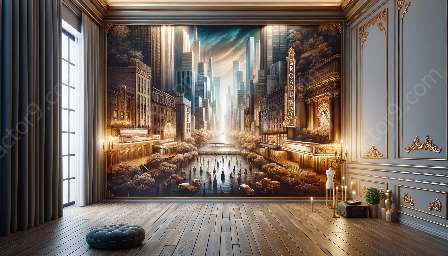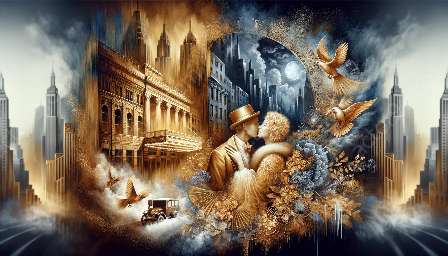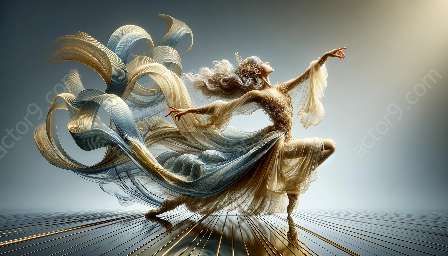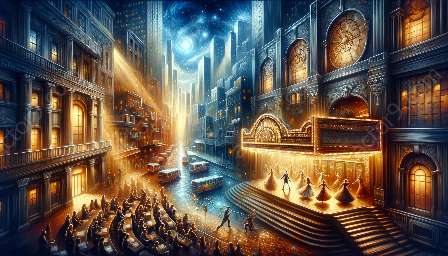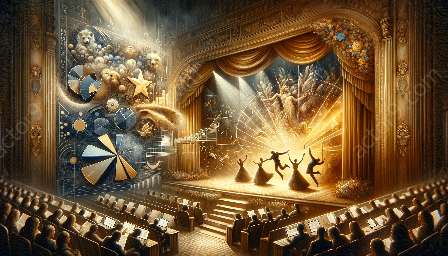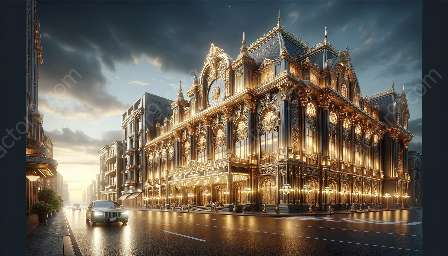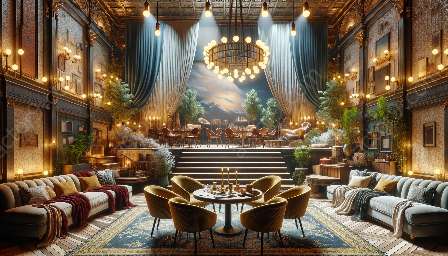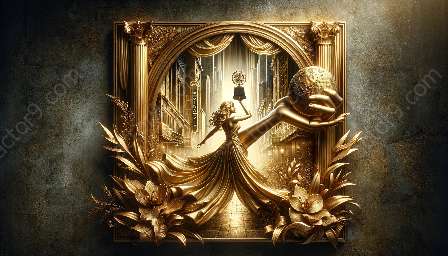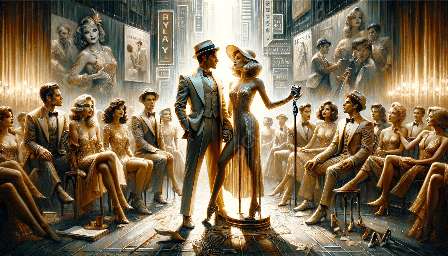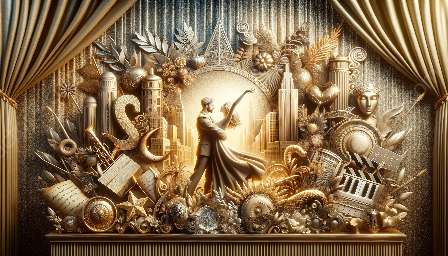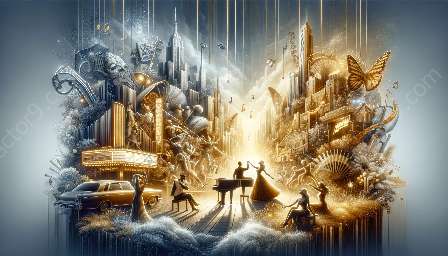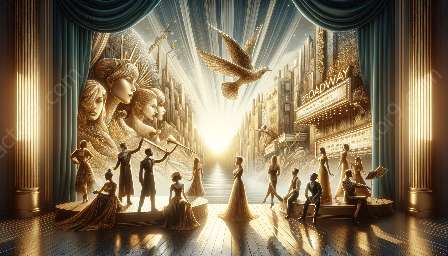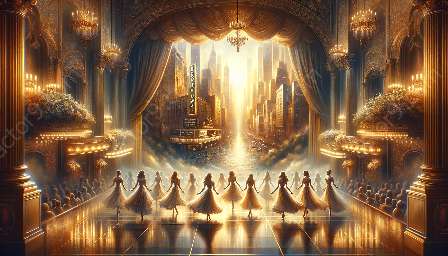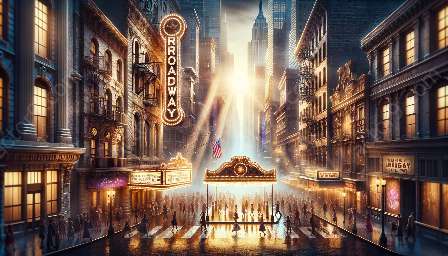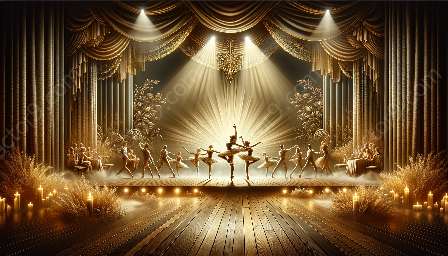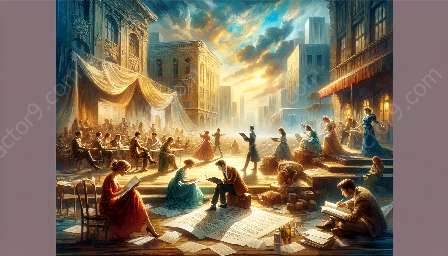Costume design for Broadway musicals involves a collaborative process that integrates the artistic visions of costume designers, actors, and choreographers. This topic cluster explores the essential elements of this collaborative journey, from communication and creativity to practical considerations and the influence of musical theater on costume design.
The Collaborative Process
Costume design in the context of Broadway musicals is a multifaceted discipline that demands close collaboration between costume designers, actors, and choreographers. This collaboration begins with an in-depth understanding of the production's overall artistic vision and the unique characters, settings, and time periods presented within the musical.
Communication and Creativity
Effective communication is the cornerstone of successful collaboration. Costume designers, actors, and choreographers engage in open dialogue to ensure that the costumes not only reflect the characters' personalities and motivations but also facilitate movement and dance sequences. The synergistic exchange of ideas and insights culminates in the creation of costumes that seamlessly blend artistic expression with practical functionality.
Understanding Character Dynamics
Actors play a pivotal role in the costume design process, providing invaluable input rooted in their deep understanding of the characters they portray. By collaborating with actors, costume designers gain crucial insights into the psychological and emotional dimensions of the characters, allowing them to craft costumes that authentically convey the characters' identities and narratives.
Integration with Choreography
Choreographers contribute their expertise in movement and dance to the costume design process. They work closely with costume designers to ensure that the costumes not only complement but also enhance the choreography and overall visual storytelling. From fabric choices to silhouette considerations, the collaborative effort between choreographers and costume designers results in costumes that harmonize with the dynamic movements on stage.
Practical Considerations
Beyond artistic expression, the collaborative process encompasses practical considerations such as fabric durability, ease of movement, and quick costume changes. Costume designers navigate these challenges by incorporating technical elements into the costume designs, addressing the diverse demands of intricate dance routines and quick changes while preserving the visual integrity of the costumes.
Influence of Musical Theater
The unique nature of musical theater exerts a profound influence on costume design. The vibrant and immersive world of musicals necessitates costumes that captivate audiences and immerse them in the narrative. Collaborating with actors and choreographers enables costume designers to infuse their creations with the electrifying energy and emotional depth intrinsic to the storytelling prowess of musical theater.
Conclusion
Collaborating with actors and choreographers in costume design for Broadway musicals encapsulates a harmonious fusion of artistic expression, communication, and practical considerations. By delving into the creative exchange between costume designers, actors, and choreographers, we gain an appreciation for the intricate synergy that underpins the visual splendor of Broadway musicals.

